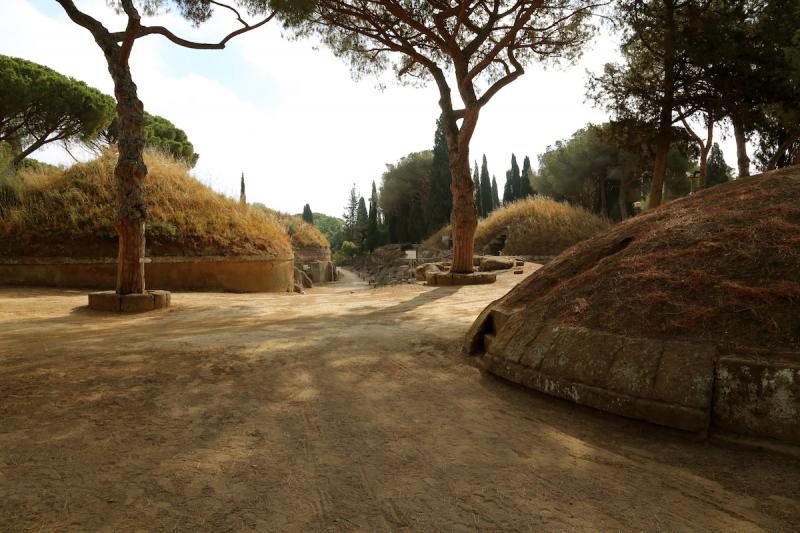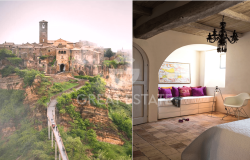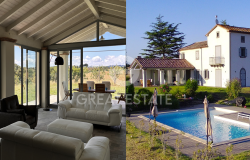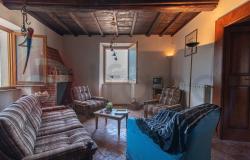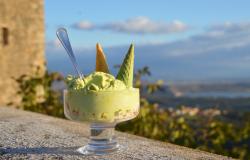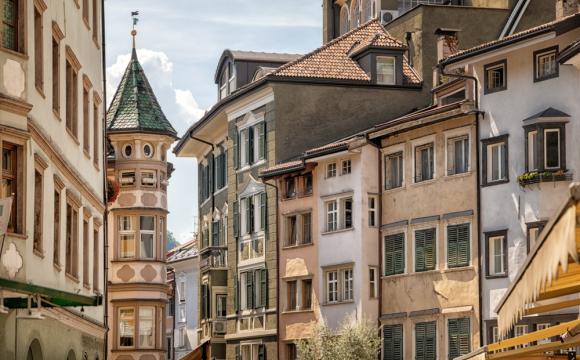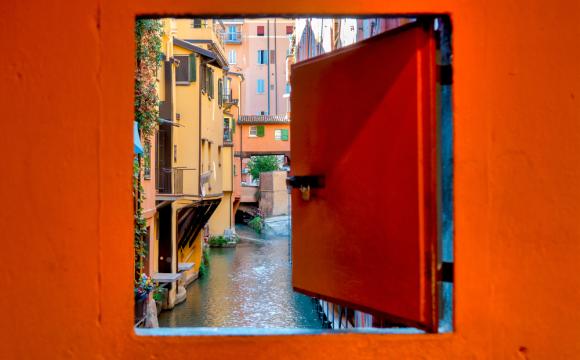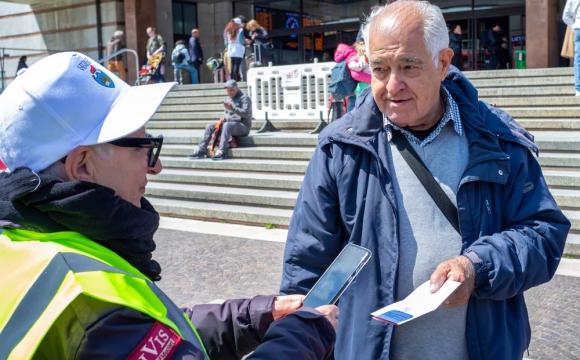The ancient Etruscan people occupied a swath of central Italy stretching roughly between Campania in the south, and the Po River in modern-day Lombardy. Their culture flourished in the pre-Roman era, between approximately 1,000 and 90 BCE. The name “Etruscan” formed the root of the word Tuscany; the Greek word for the people of central Italy, tyrennoi, gave the name for the Tyrrhenian Sea.
Some of the richest burials in the Mediterranean world were located in central Italy. In fact, much of what we know about the ancient Etruscans comes from tomb excavations and study of its elaborate funerary culture. Among these impressive works of funerary sculpture, painting, and metalwork, the Etruscan sarcophagus stands as one of the culture’s hallmarks and it also holds a special place in the history of art.
Etruscan Sarcophagi and Funerary Rites
Decorated sarcophagi made up part of a much larger landscape of the Etruscan afterlife. The Etruscan necropolis—or city of the dead—was a parallel universe to the city of the living. Many of these burial sites were extensive, laid out on a grid plan much like the Etruscan towns, with paved roads, sidewalks, and regular blocks. Just like a town, the tombs grew organically over centuries, spreading out into ever wider zones as time passed. Today, wandering the necropoli of Cerveteri and Tarquinia gives visitors an idea of what an Etruscan town might have felt like.
Similar to the ancient Egyptians, the Etruscans seem to have conceived tombs as homes for their dead. They carved out structures of rock and volcanic stone—meant to last for eternity—and filled them with their most valuable and precious belongings.
Inside each tomb, the bodies of multiple generations of one family might be collected. This practice set the Etruscans apart from the ancient Greeks and Romans, who buried only the immediate family together. I find this practice fascinating since it shows that strong multigenerational family ties—such an important foundation of Italian culture—have very ancient roots.
This also means that over time, some tombs became not only a repository for human remains but also a treasure trove of precious goods made over a long span of time, from terra-cotta cinerary urns and sarcophagi to fine works of gold, silver, bronze—even imported luxuries such as Greek pottery and engraved ostrich eggs. The family would see these objects repeatedly as they entered the tomb over the generations. I imagine them convening after a funerary ritual, entering the tomb together to handle beloved family heirlooms and reminisce about those who had passed on before them.
Originally, the early Etruscans tended to cremate the dead, placing the remains inside large terracotta containers. The practice of incineration and placement in decorated earthenware containers continued throughout nine centuries of Etruscan culture. However, over time, inhumation inside life-sized sarcophagi made of terracotta, marble, alabaster, or stone was also widely practiced and coexisted with cremation.
Hallmarks of the Etruscan Sarcophagus
Etruscan sarcophagi, now treasures of museum collections around the world, have been excavated at archeological sites across central Italy. In the earliest examples, we see hallmarks that will be repeated for centuries to come:
- Many Etruscan sarcophagi are designed to mimic a dining couch or kline, widely used across the ancient Mediterranean for festive banquets. The Etruscans seem to have enjoyed an elaborate culture of celebratory dining as well as funeral rites that incorporated eating, drinking, and entertaining guests. In Etruscan society, we know that women played an important role in these public banquets and they are represented across Etruscan painting and sculpture.
- Sometimes, the deceased is represented as a single man or woman reclining across the lid of their sarcophagus. Other times, a husband and wife are depicted together on the same sarcophagus lid, even though the vessel almost always contained just one body.
- The Etruscans seem to have had well-organized, productive artisan workshops that churned out sarcophagi and funerary urns. Partially or fully worked funerary containers also may have been exported on ships along with wine, oil, and timber. Etruscan artisans were masters of terracotta, which was widely used not only for sarcophagi and cinerary urns but for a wide variety of utilitarian objects and even architecture and architectural decoration. Some of the relief carvings were made from molds and we see the same images repeated on many different vessels. Cities like Chiusi, Volterra, and Perugia were important centers of these workshops.
- No matter if they were made of stone or terracotta, Etruscan sarcophagi, like most other Etruscan artistic media, tended to be fully, brightly, even garishly painted. Today, some works retain faded traces of their original paint.
Here are just a few masterworks of Etruscan sarcophagi to explore:
Sarcophagus of the Spouses, c. 520 BCE, painted terracotta, National Etruscan Museum, Villa Giulia, Rome
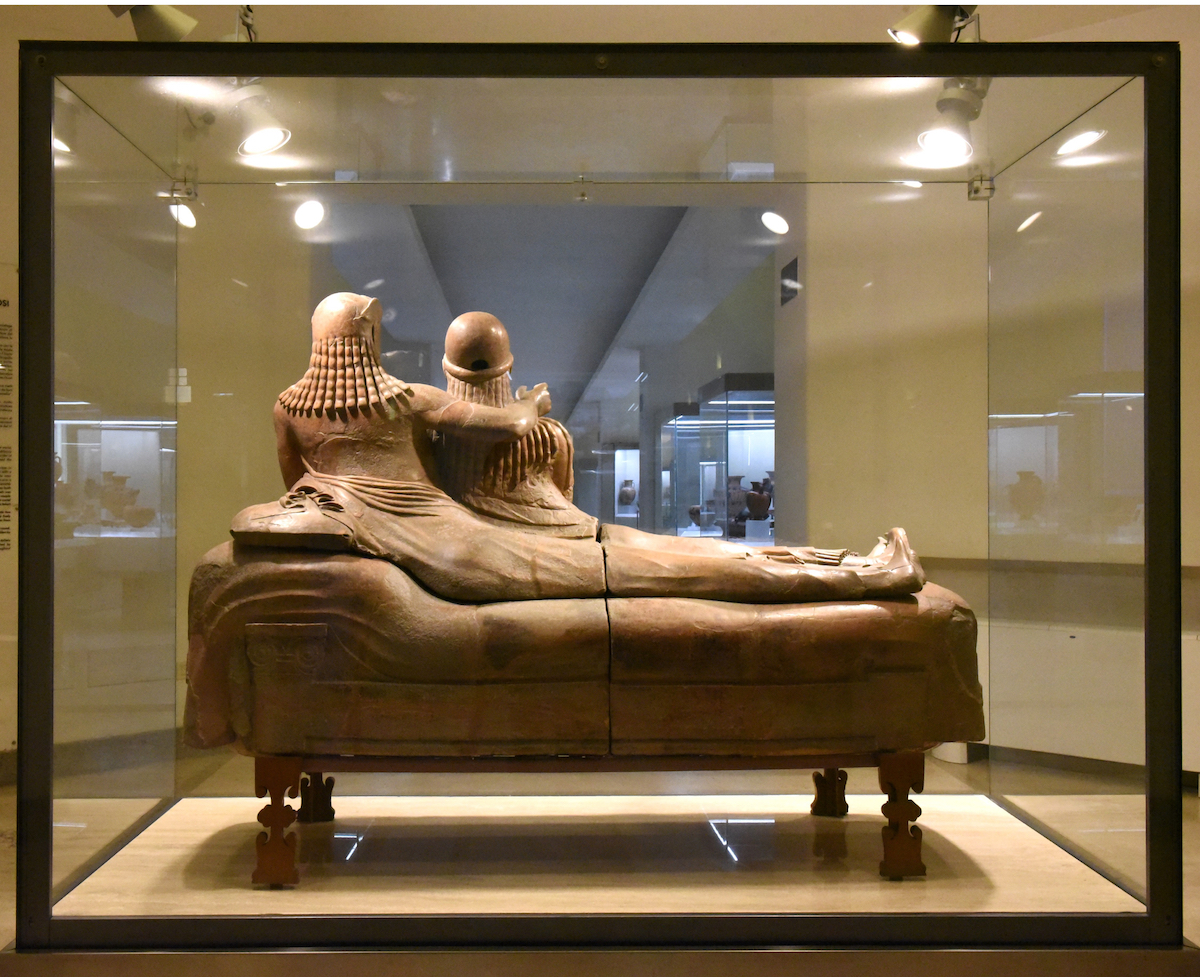
This amazing sarcophagus, the so-called the “Sarcophagus of the Spouses” (sarcofago degli sposi) was discovered during the course of archaeological excavations in 1881 at the Banditaccia necropolis, outside of Cerveteri. The Etruscan Museum at the Villa Giulia in Rome purchased the sarcophagus, which at that time consisted of some 400 fragments which had to be pieced back together! This work stands as a symbol for the festive, fun-loving spirit of the Etruscan culture of the sixth century BCE. This sarcophagus is truly one of the masterpieces of Etruscan art and you can learn much more about it here.
Marriage Sarcophagus, 6th century BCE, painted terracotta , Louvre Museum, Paris
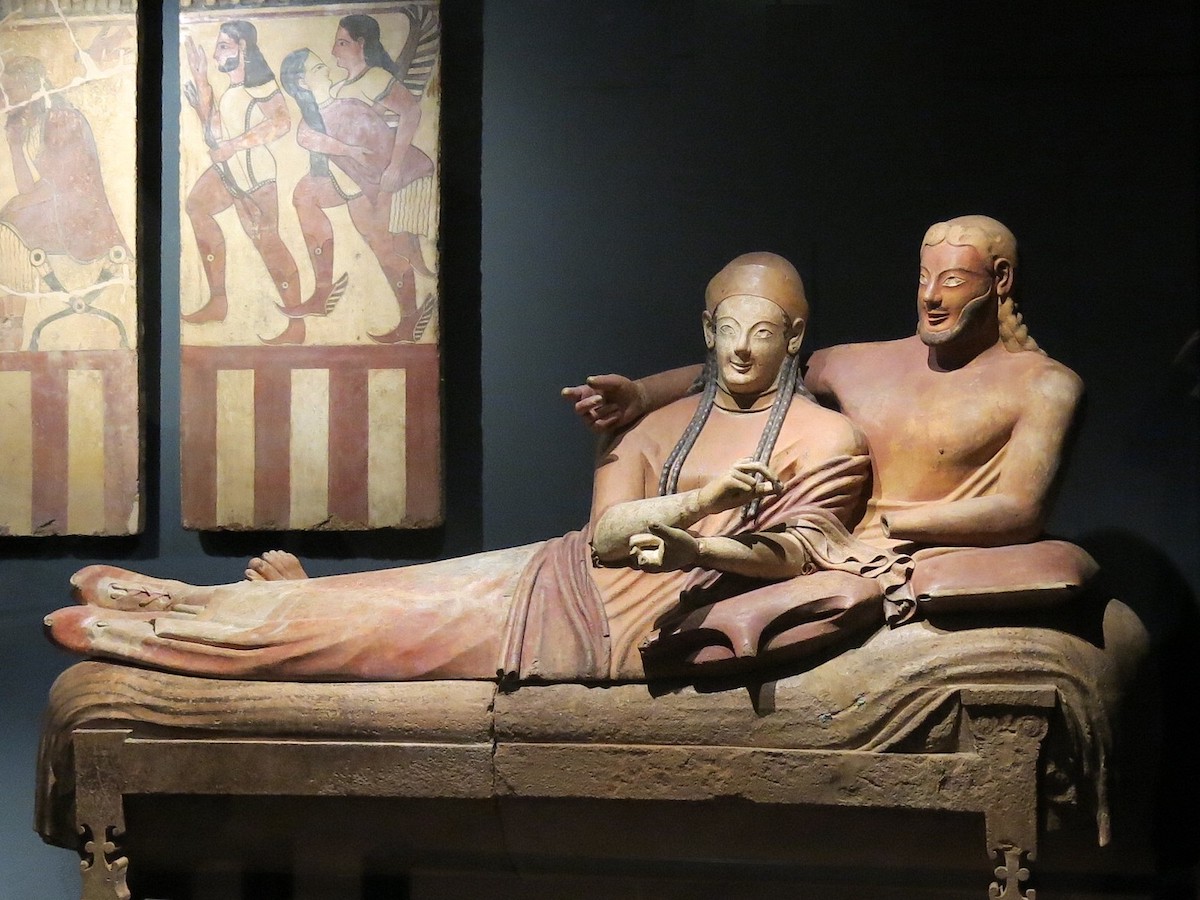
This sarcophagus may have been made in the same workshop as the Sarcophagus of the Spouses, now in the Villa Giulia. Both sarcophagi were excavated from tombs at the Banditaccia Necropolis at Caere, just north of Rome at modern-day Cerveteri. Like the Sarcophagus of the Spouses above, it depicts a happy couple reclining on a dining couch, perched on cushions in the form of wineskins. The wife seems to pour a few drops of oil or perfume into her husband’s palm, probably part of the funerary ritual. In her other hand, she is holding a round object, perhaps a pomegranate, a symbol of immortality.
Sarcophagus with couple (Larth Tetnies and Thanchvil Tarnai), c. 350-300 BCE, marble, Museum of Fine Arts, Boston
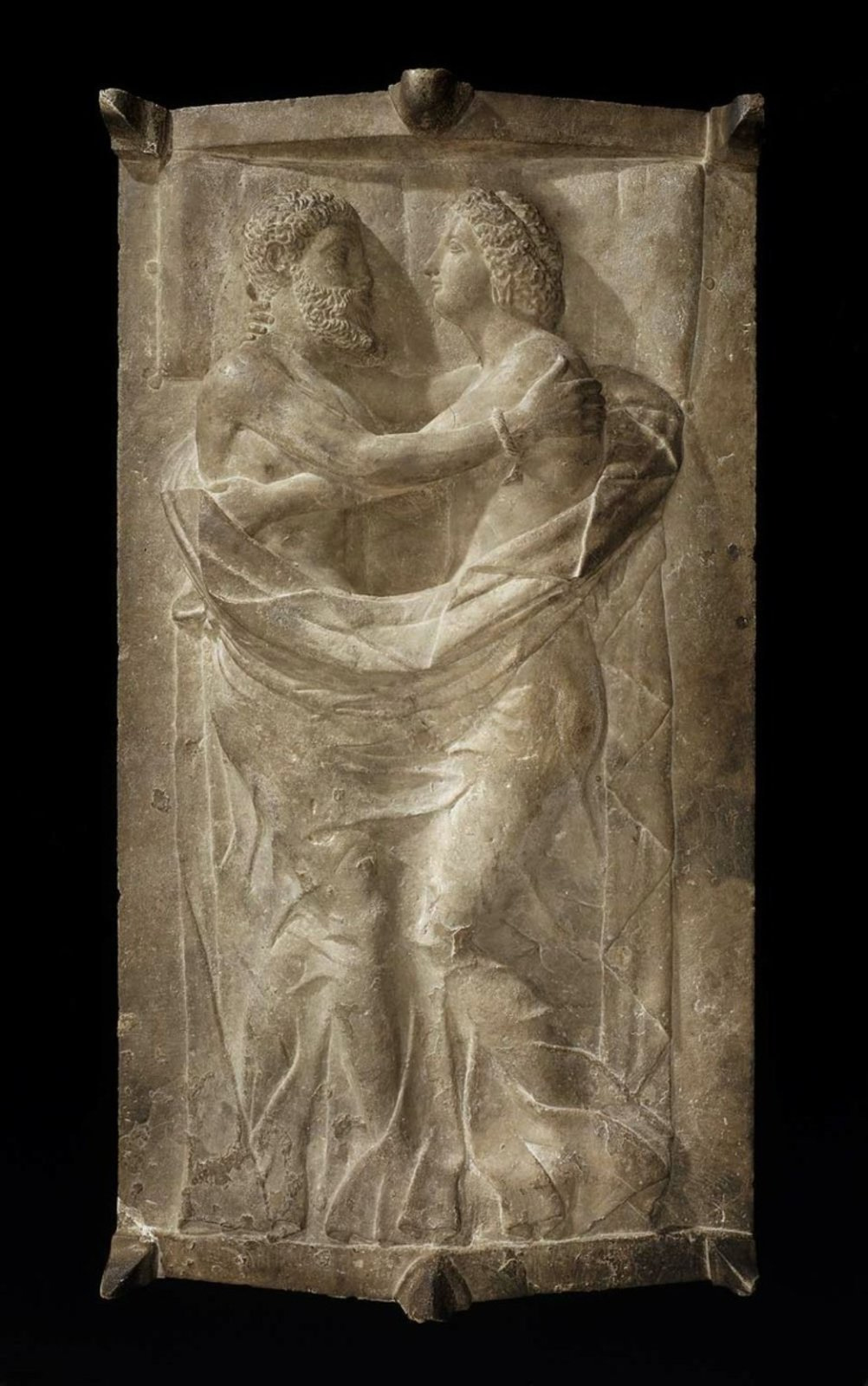
It’s exciting when a name comes down to us from the Etruscan period. In the case of this marble sarcophagus, both the name of the husband and wife are inscribed. The couple holds one another tenderly in an eternal embrace. Captured in an intimate moment, they wear only their jewelry and are covered by a light blanket that reveals the outlines of their bodies. Rather than smiling out at the viewer like the famous Sarcophagus of the Spouses, carved some two hundred years earlier, this couple remains absorbed only with one another. From a stylistic point of view, it is clear that the sculptor was familiar with the imagery of contemporary Greek works, yet this work is far removed from the cold, idealized detachment that characterized Greek classical sculpture. Instead, the focus remains on human intimacy and vivacity. In that regard, this sculpture could only be Etruscan.
Sarcophagus with husband and wife, late 4th-early 3rd centuries BCE, volcanic tufa, Museum of Fine Arts, Boston
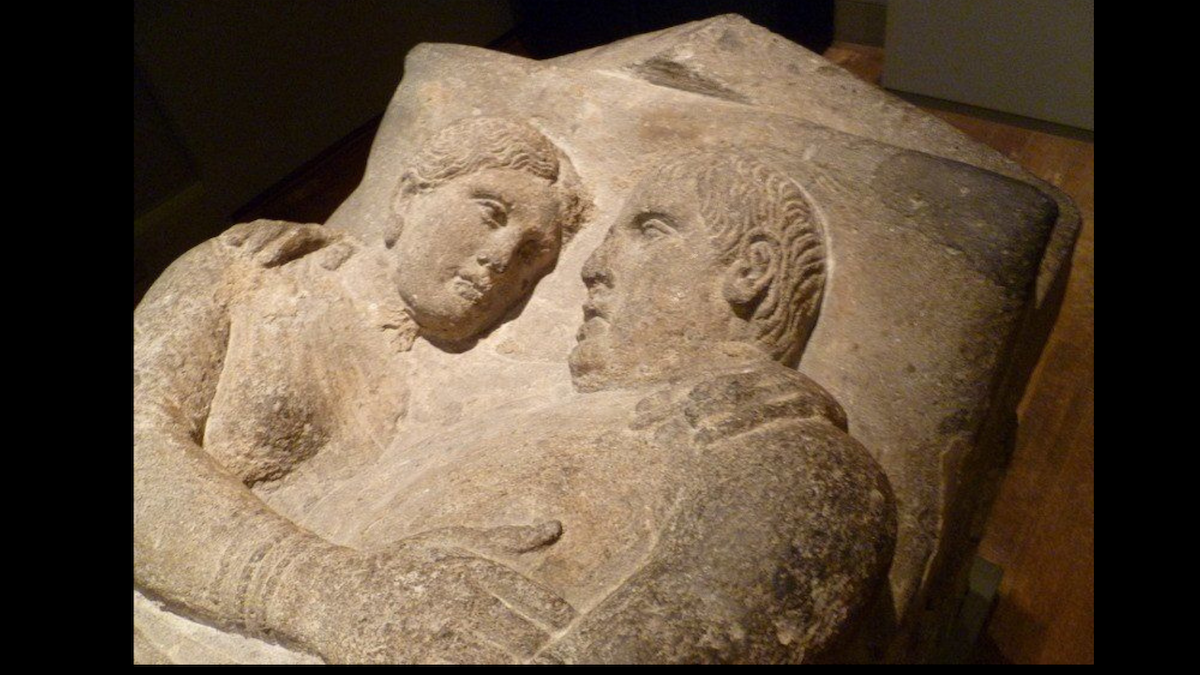
This sarcophagus was excavated from a tomb at Vulci—the same location as the Tetnies / Tarnai sarcophagus above—and it may represent an earlier generation of the same family. The lid of this sarcophagus depicts a man and woman wrapped together under a sheet, facing one another with their heads resting on a pillow. The details are fascinating: the wife’s heart-shaped earring, the man’s pensive expression, the hands clasped around one another’s shoulders, the intimacy of their interaction. The sides and ends of the sarcophagus depict a series of processions that have been interpreted as marriage celebrations, funerary rites, or a reunion of this husband and wife in the afterlife.
Sarchophagus of Larthia Seianti, ca. 150 BCE, Painted terracotta, Museo archeologico nazionale, Florence
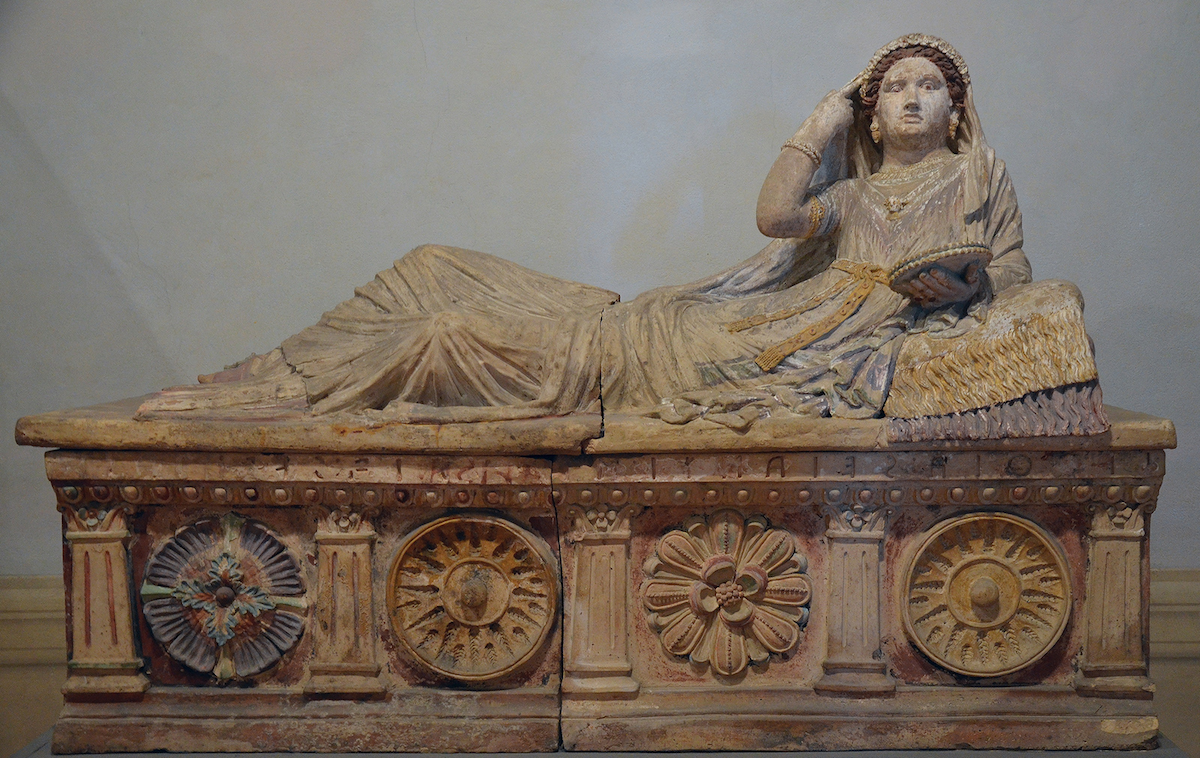
This sarcophagus held the remains of a finely adorned Etruscan woman whose name, Larthia Seianti, is inscribed on the lid. Larthia reclines on a banquet couch, holding a mirror, and wearing a trimmed gown, earrings, rings on various positions of her fingers, a diadem, and sandals. She rests on a fringed cushion once painted in gold and purple. Larthia was buried with a variety of grave goods typical of elite Etruscan women, including combs, tweezers, small containers of cosmetics and perfumed oils, tools for needlework and even game pieces. My favorite: a coin used to pay her passage to the underworld. This sarcophagus is similar to another one in the British Museum in London, which represents another reclining lady from the Seianti family.
In addition to these fascinating sarcophagi, new tombs and archeological remains turn up across central Italy on a regular basis. That means that Etruscan culture will continue to be a vibrant, lively topic. While we know much about the ancient people who inhabited Italy before the Romans, I believe that there are more interesting finds out there just waiting to be discovered.
If you want to learn more about the ancient Etruscans and their art, join my online course on Etruscan art here: lauramorelli.com/etruscans.
Laura Morelli is an art historian and historical novelist with a passion for Italy. You can find much more about what to bring home from Italy in her guidebook series, including Made in Florence and Made in Italy. These books, along with Laura’s Venice-inspired historical novels, including The Gondola Maker, are available in the Italy Magazine shop. Her newest novel, The Night Portrait—a dual-timeline story based on Leonardo’s Lady with the Ermine—is a USA Today and Publishers Weekly bestseller.
